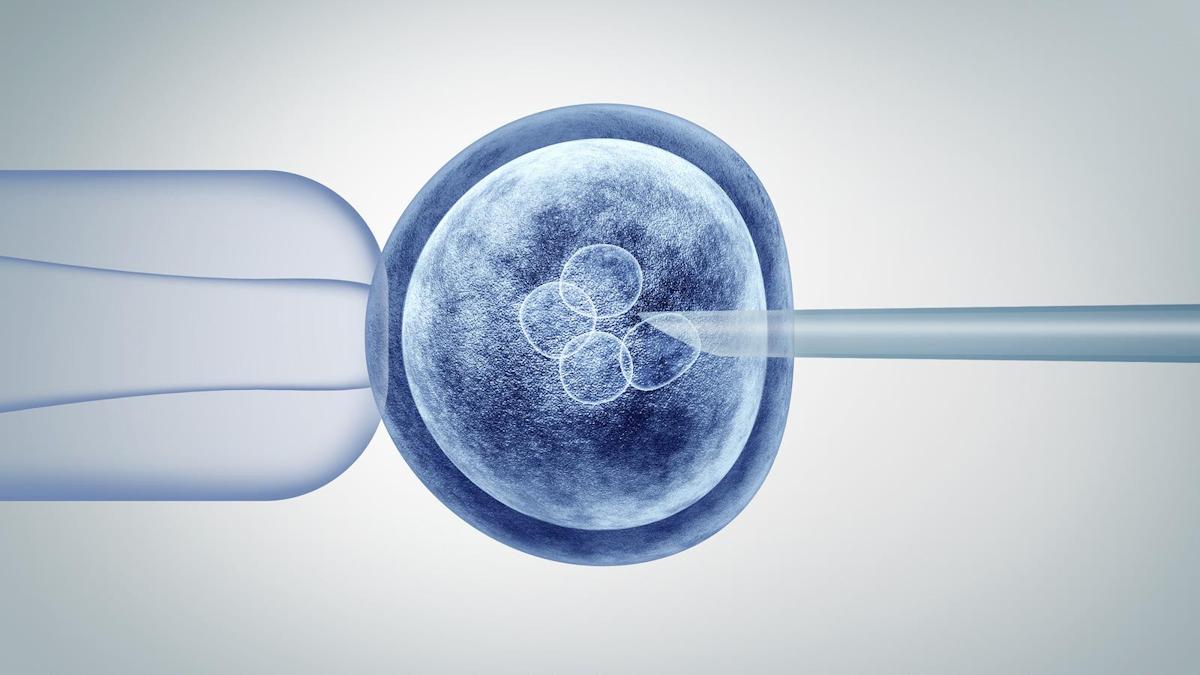AZ fleshes out positive trial of revitalised lupus drug anifrolumab

After being all-but written off a year ago, AstraZeneca’s anifrolumab has been reborn with new data that suggest it could help to end a drought in treatments for autoimmune disease systemic lupus erythematosus.
AZ said in the summer that anifrolumab had met its objectives in the phase 3 TULIP-2 trial, around a year after it flunked an earlier study (TULIP-1) which had caused many to dismiss any prospect that the type I interferon blocker would be approved for lupus.
This week, AZ presented the detail behind the top-line message of TULIP-2 at the American College of Rheumatology (ACR) meeting in Atlanta, Georgia, as it strives to bring only the second new lupus treatment to market after GlaxoSmithKline’s BLyS inhibitor Benlysta (belimumab) in six decades.
In TULIP-1, anifrolumab failed to meet its objective of reducing disease activity as measured by the SLE Responder Index 4 scale (SRI4).
An update to that study reported at the ACR this week suggests however that the drug did do better than placebo on secondary endpoints, including the British Isles Lupus Assessment Group–based Composite Lupus Assessment (BICLA) composite measure, and reducing oral corticosteroid use.
BICLA was the endpoint used in TULIP-2, and the results show that anifrolumab achieved a “significant and clinically meaningful reduction in disease activity”, according to AZ. After 52 weeks’ treatment, 47.8% of patients receiving anifrolumab were judged to have a BICLA response, compared with 31.5% of patients in the placebo group.
Moreover, 51.5% of anifrolumab patients who were taking oral corticosteroids at a daily dose of 10mg or more were able to reduce their dose to 7.5mg or lower compared with just over 30% of patients on placebo. Steroids can cause serious side effects with long-term use.
The TULIP-1 data has now been published in The Lancet and shows that the BICLA response rate was 37% with anifrolumab and 27% with placebo, and corticosteroid use was reduced in 41% and 32%, respectively.
The big question for AZ now is whether it can persuade regulators that TULIP-2, backed by BICLA results from TULIP-1 and an earlier phase 2 called MUSE, is sufficient evidence to support approval.
Benlysta was approved in 2011 as an add-on to standard lupus treatment, and since then sales have grown steadily to reach more than $600 million last year.
Its use was extended to include children aged five years and older with lupus earlier this year, and the roll-out of a new subcutaneous formulation also helped growth accelerate, rising 32% to almost $570 million in the first nine months of 2019.
Formerly known as MEDI-546, anifrolumab was originally developed by Medarex – acquired by Bristol-Myers Squibb (BMS) in 2004 – and is a fully human monoclonal antibody that binds to subunit of the type 1 interferon receptor.
Research has shown that more than 50% of adults and most children with lupus have elevated interferon levels, according to the Lupus Research Alliance, which said the TULIP-2 data is “welcome news to a community waiting for more treatment options.”
TULIP-2 principal investigator Prof Eric Morand of Monash Health in Australia commented: “These results finally and definitively prove the interferon hypothesis for lupus, potentially unlocking a host of new treatment approaches.”
He also said the data “break the impasse on trial success that has previously rested in part on outcome measures.”
Lupus is an autoimmune disease in which the immune system attacks healthy tissue in the body instead of primarily targeting viruses or other foreign invaders.
It can cause a range of symptoms, including pain, rashes, fatigue, swelling in joints and fevers, and is associated with a greater risk of death from causes such as infection and cardiovascular disease.
Gazyva in lupus nephritis
There was further good news for the lupus community at the ACR when Roche reported data from a phase 2 trial of its anti-CD20 antibody Gazyva/Gazyvaro (obinutuzumab) which showed the drug was effective in treating lupus nephritis, a severe and life-threatening complication of the disease that affects the kidneys.
In the NOBILITY trial, Gazyva added to standard treatment more than doubled the percentage of lupus nephritis patients achieving complete renal response to 40%, compared to 18% in the standard of care group. Roche says it will now start a phase 3 programme in lupus nephritis with Gazyva.












